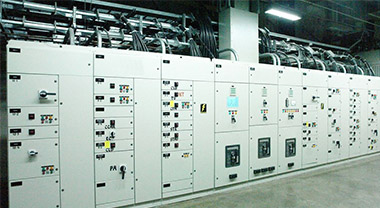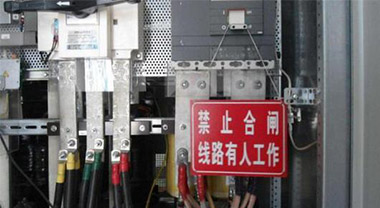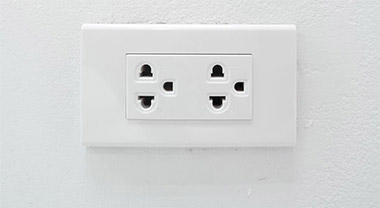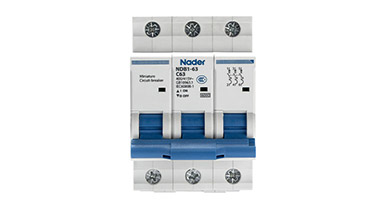Low voltage circuit breaker and its applications
Low Voltage Circuit Breaker
Low voltage circuit breaker (Breaker) also called air circuit breaker, shown in Figure 1, is the control and protection functions in one appliance. It is often as infrequent main power switch on and off the power switch or circuit parts of the circuit, and the like when excessive overload, short circuit or undervoltage fault can automatically cut off the circuit, the effective protection of electrical series behind it in the breaking device and the fault current is generally no need to replace components.


(A) Circuit Breaker physical map
(B) low-voltage electrical circuit breaker symbol
FIG low voltage circuit breaker 1
low voltage circuit breaker works
low voltage circuit breaker works: low voltage circuit breaker having a plurality of protection functions (overload, short circuit, under voltage protection, etc.) , the operation is adjustable, high breaking capacity, easy to operate, safe, etc., it is currently widely used.
is a low voltage circuit breaker main contacts by closing a manually operated or electrically. After the main contact is closed, the main contact trip-free mechanism on the lock in the closing position. Overcurrent release heat with the main circuit elements and the heat release coil in series, in parallel with the coil and the power supply of the undervoltage release. When a short circuit occurs or severe overload, over-current release of the armature pull the free trip operation, the main contact disconnect the main circuit. When the circuit is overloaded, the thermal heating element of the thermal trip bimetal bending on promoting free trip operation. When the circuit is under voltage, undervoltage release of the armature is released. Also free trip action. Shunt trip is used as a remote control, in normal operation, in which the coil is de-energized, if desired distance control, press the start button, the coil is energized, the armature drive free trip operation, the main contact off point.
select the low voltage circuit breaker
1) is equal to or greater than the rated voltage of the circuit breaker rated line voltage.
2) breaker ratingCurrent is greater than or equal to the rated current line or device.
3) the circuit breaker breaking capacity greater than or equal to the maximum short-circuit current that may appear.
4) Undervoltage release line is equal to the rated voltage of the rated voltage.
5) shunt trip control supply voltage equal to the rated voltage.
6) long delay current setting value equal to the rated motor current.
7) the instantaneous setting current: protection of the circuit breaker cage induction motors, the instantaneous setting current is 8-15 times the rated motor current; breaker protection for the coil type induction motor, the instantaneous current setting 3 -6 times the rated motor current. Return time can be equal or greater than the motor
8) lapse 6 times the current setting of the actual starting time.




